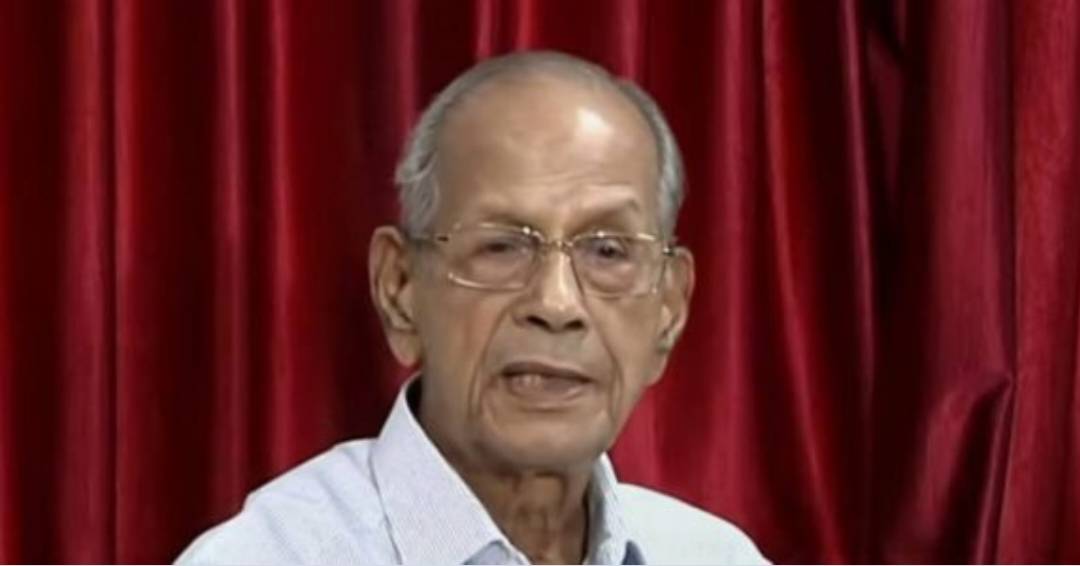
Metroman E Sreedharan, renowned for his expertise in infrastructure development and the driving force behind the Delhi Metro project, has expressed his concerns about the lack of response from the Kerala government regarding his proposal for a semi-high-speed rail corridor. Sreedharan’s proposal aims to provide an alternative to the ambitious SilverLine project initiated by the previous LDF government.
During a media interaction, Sreedharan disclosed that he had engaged in discussions with K V Thomas, the representative of the Kerala government in New Delhi. Thomas had assured Sreedharan that he would forward the proposal to the state government. However, both Thomas and the government have yet to make any official statements regarding the project, leaving Sreedharan disappointed and uncertain about its future.
Despite the setbacks, Sreedharan remains hopeful that his proposed Vega Rail Corridor project can be realized with minimal public resistance and land acquisition challenges. He emphasizes the potential advantages of opting for elevated or underground rail lines for the new network. In the case of an elevated rail line, only a 20-meter width of land would need to be acquired for construction purposes. Once the project is completed, the land can be reclaimed by its original owners for agricultural use. However, restrictions would be imposed on constructing high-rise buildings or planting large trees on this reclaimed land.
Alternatively, Sreedharan suggests considering an underground rail line, which would eliminate the need for land acquisition altogether. He points to successful models like the Delhi Metro or Konkan Railway as examples of how such projects can be efficiently implemented.
Highlighting the contrast between the proposed Vega rail project and the SilverLine project, Sreedharan states that only 20% of the land acquired for the SilverLine project would be necessary for the implementation of the Vega rail corridor. He estimates that preparing a Detailed Project Report (DPR) would take approximately eight months.
Sreedharan also asserts that if the state government chooses to proceed with the project in collaboration with the central government, there would be no financial burden on the Kerala government. In fact, he expresses his willingness to meet with the Chief Minister to discuss the project further, should the government show interest and seek his expertise.
Reiterating his opposition to the SilverLine project, Sreedharan argues that its feasibility in Kerala is doubtful, given the widespread public protests against land acquisition associated with the initiative. The lack of public acceptance and the potential for prolonged disputes make the Vega rail project a more viable option for the state.
In response to Sreedharan’s proposal, A K Balan, a prominent leader of the Communist Party of India (Marxist) or CPM, has announced that the party’s state secretariat meeting would convene to discuss the Vega rail project in detail. This indicates a willingness to engage with Sreedharan’s ideas and evaluate their potential benefits for Kerala’s infrastructure development.
Overall, Sreedharan’s concerns, suggestions, and hope for the implementation of the Vega Rail Corridor project reflect his extensive experience and expertise in the field of transportation infrastructure. It remains to be seen how the Kerala government and other stakeholders will respond to his proposals and whether they will embrace the alternative vision presented by the Metroman.

Post Your Comments